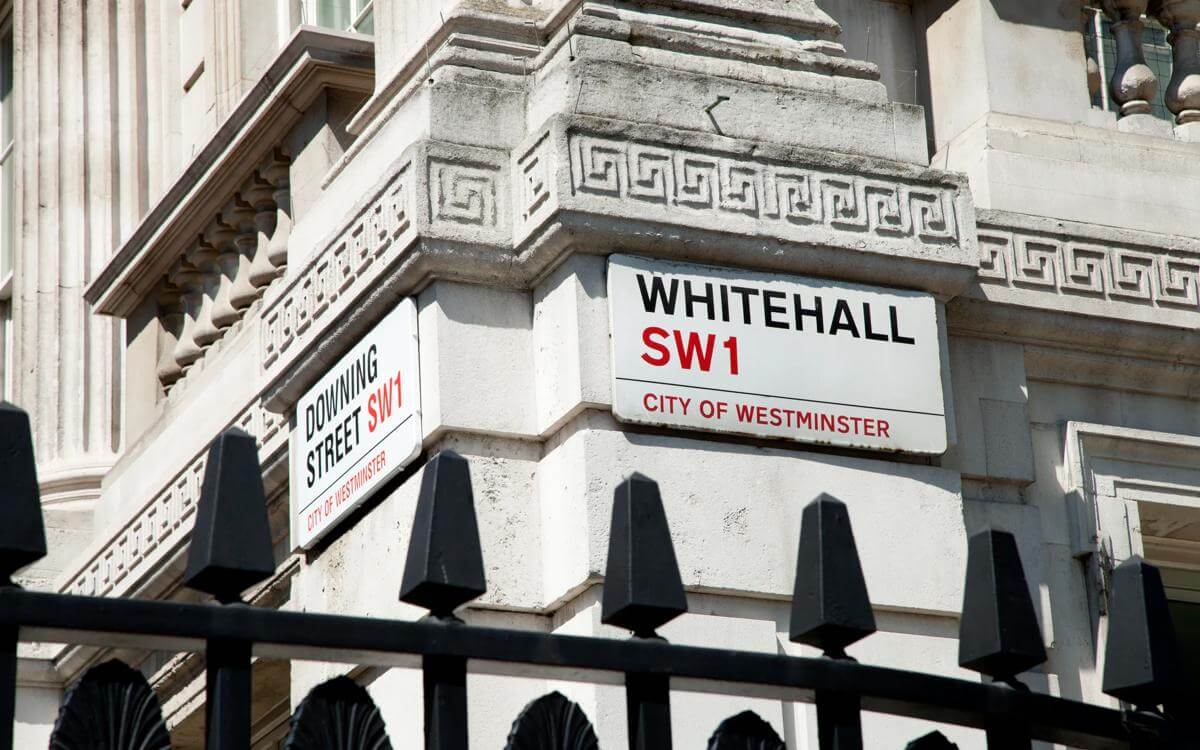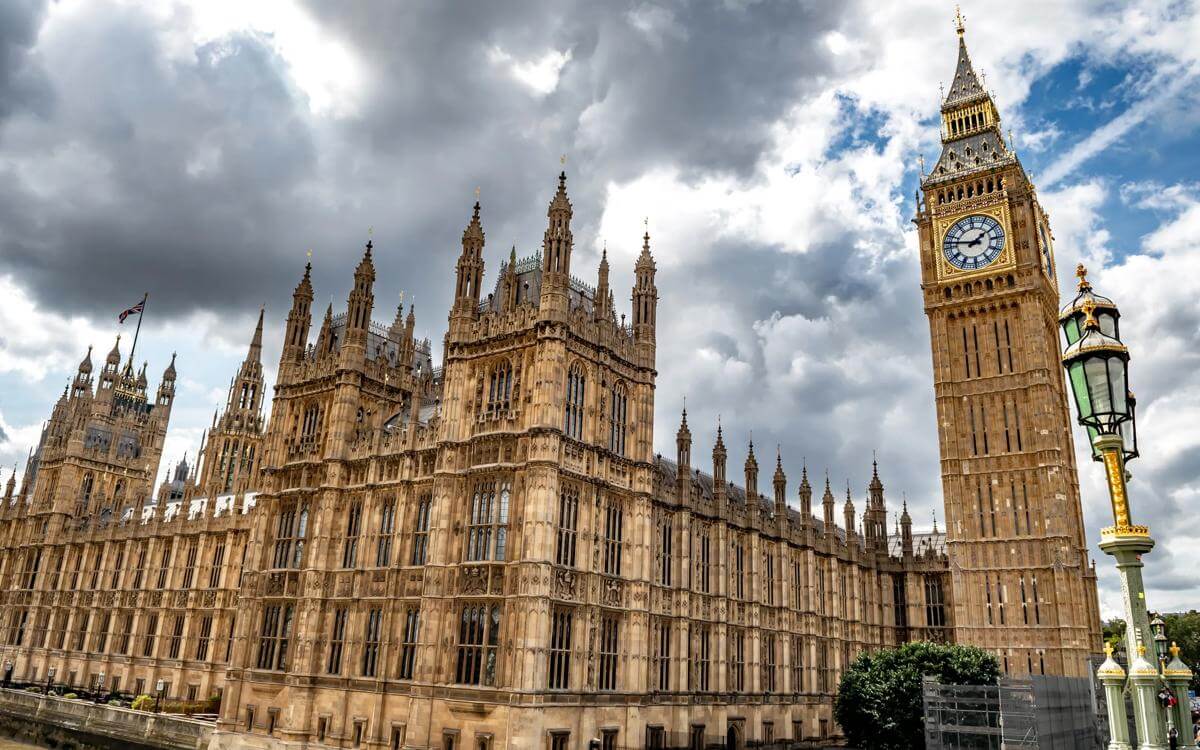What do we want to see from the Levelling Up White Paper?
In anticipation of the Government's much awaited White Paper on levelling up we take a look at what it will need to contain in order to avoid a journey of this policy to obsolescence via confusion and waste.
In anticipation of the Government's much awaited White Paper on levelling up we take a look at what it will need to contain in order to avoid a journey of this policy to obsolescence via confusion and waste.
First, the Government need to lay their cards on the table about the scope of ’levelling up’. A phrase so wide it could mean many things to many people. Without grounding the policy in some fundamental certainties, it will be so flexible as to melt into an incoherent if well-meaning shambles.
Some are calling for disparities within regions as well as between regions to be included in the policy; without this there is a fear that levelling up one “place” will be at the expense of another "place”. As the emphasis could change for different types of disparity, we need to know how the shape shifting will land when it comes to concrete plans being laid out, in the White Paper.
We know that infrastructure is going to feature as a central theme to the policy; and we would like to see both “hard" and “soft” infrastructure included ...at a recent roundtable we held with some of our local authority clients we heard a frustration that infrastructure projects are too often funded out of context; with the skills, technology and other opportunities not seemingly given aligned prominence. There is no point building a road if there are no skilled employees ready to take a bus to the business park.
Once the scope is settled there are some themes running loud in the sector about how the policies should work: the current multiple funding streams that go towards regeneration need to be consolidated. Local authorities we spoke to had no desire to be bidding competitively for funding “against” other authorities but will do so if that is the only way to secure the funding they need for their area. The National Infrastructure Commission’s (NIC) paper “Infrastructure Towns and Regeneration" recently pointed out that the typical cost of bidding for a £5m fund was between £35k-£94k and warned that competitive bidding may have the effect of directing funding towards authorities with administrative capacity rather than where the greatest infrastructure challenges are; that is not levelling up at all.
The NIC call for a twin track of devolved five-year budgets together with targeted funding for significant infrastructure projects that could contribute to transformation opportunities. Powers are needed at a local level, NIC argue, because local bodies understand the needs of their area more deeply; and making the budgets longer term than the funding streams currently available will give the investment market confidence. Our stakeholders also believe longevity will help to bring private investors on board, helping to maximise the outputs of the policy compared to what (taxpayers’ money) is put in. Surely that is what is required, the public and private sectors working together and each contributing what they are best suited to do, for the best possible public outcome.
Calling for devolution of powers does beg the question to whom and which powers should be devolved. Devolution of budgets to decide on where resource should be targeted maybe to the local authority level but powers to authorise infrastructure powers may be better placed at regional, perhaps combined authority level; the fact is even the answer to this is not the same across the country; the “right” level could easily vary from area to area depending on its organisational make-up and its needs.
Whichever way devolution may occur with it will come a need for resource, local authorities are already suffering a lack of sufficient numbers of planning officers for instance. If they are granted the ability to do more it will likely be willing accepted; provided it is accompanied by the necessary resources. One idea is to allow local authorities and/or combined authorities fund¬raising abilities through local schemes of taxation which align with the local composition of their areas.
Lastly, the longevity of the policy presents challenges; to be truly successful, it will need to be driven forward by successive governments, potentially across generations. For some it will involve addressing decades of economic decline. But this is just the other side of the coin of appealing to those populations for support with this flagship policy. Meanwhile, we and our clients wait in eager anticipation for the steps that we hope will be laid out, in sufficient detail, in the forthcoming White Paper.
This article was originally published on 15 October 2021, in Local Government News.









































